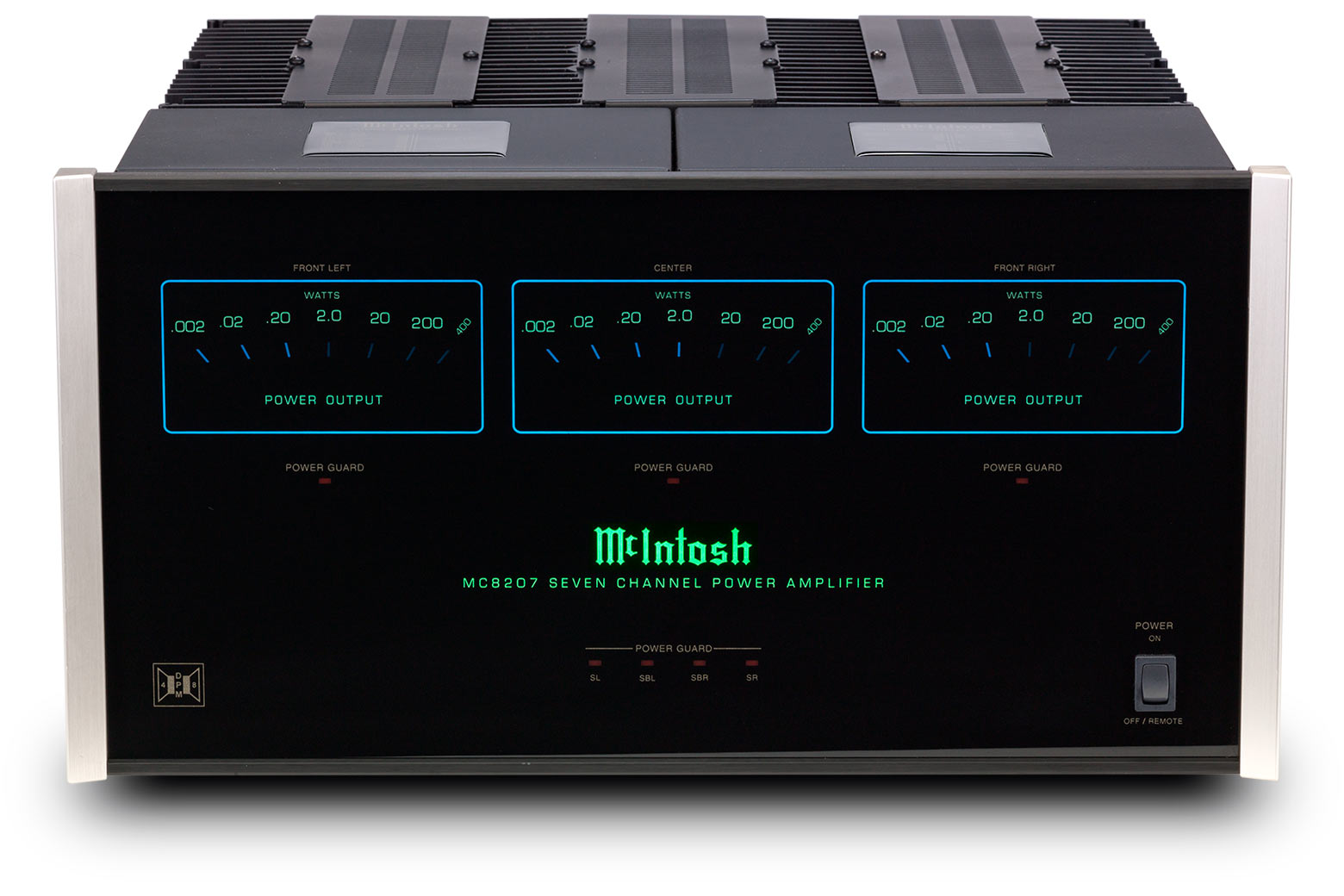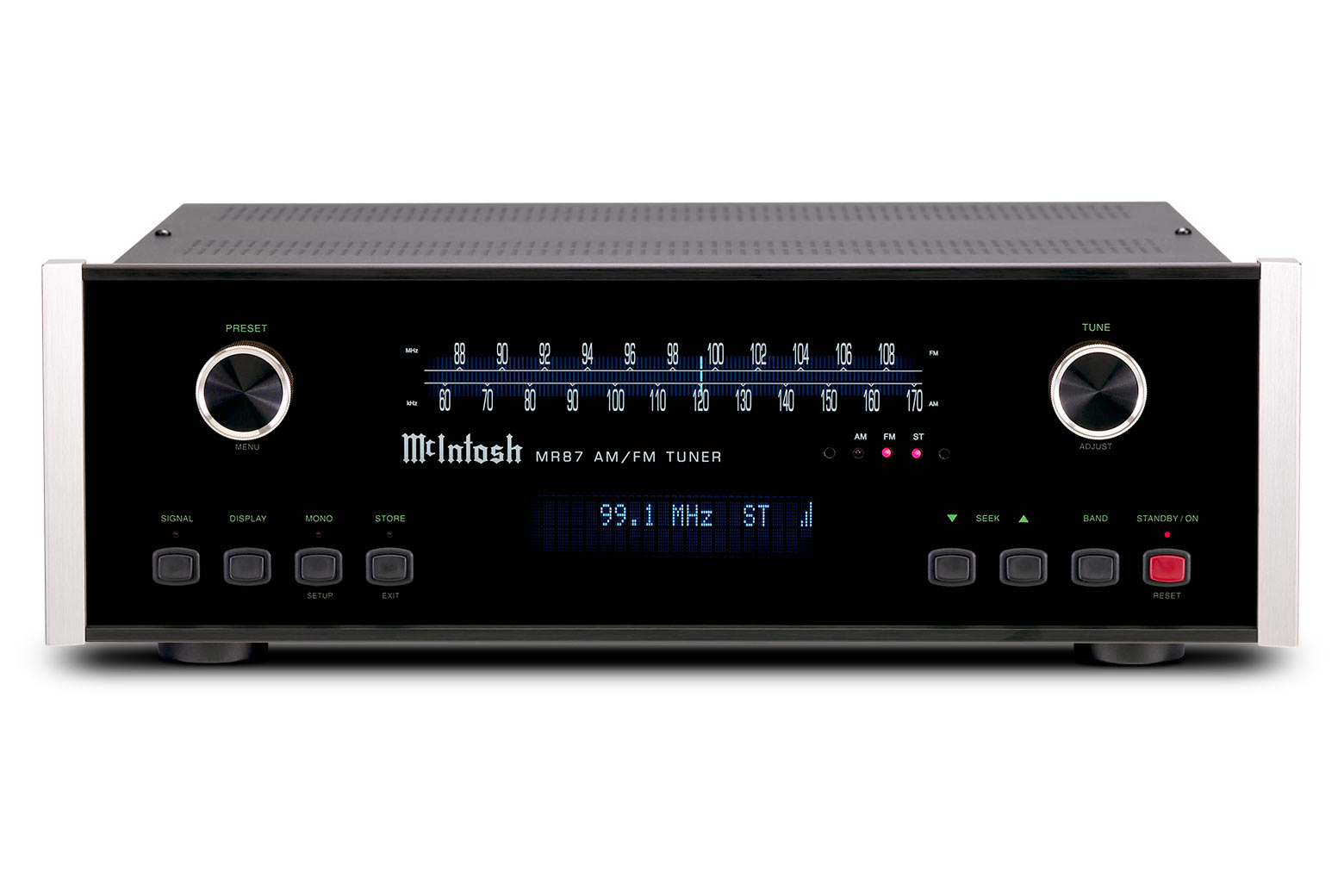Archguy
Official Roiurama Factory Rep
That's the problem with these chip amps -- they're cheap enough to keep trying out different versions, but the individual purchases add up over time to the point that a 'high end' unit could have been purchased. Still, it's fun to experiment.
That's a lot of chip amps! Meanwhile I have maybe a dozen and I'd really enjoy an A/B shootout with some of my (semi-) high-end amps because (and I need to say this quietly) I'm not convinced I can tell sheet from shinola, at moderate listening levels anyway. It would be awesome to know for sure. I may 'try this at home' but it would be easier (and more fun) with a couple extra hands. Alas, my (local) friends are not into audio!
I currently drive four of these 15" Eminence Alpha woofers with a single TPA3116 (12V ) amp. Connected in parallel the 8 ohm Alphas become a 4ohm load so the 3116 produces up to 20 wpc. That's plenty of power for 97db woofers.
Funny you should mention (and funny I should check this thread today) because I'm in the process of doing something similar, though with smaller bookshelf monitors. Bought these tiny coaxial Teacs (because I think they're neat-looking) and the only place I can find for them is in a subsidiary Chromecast Audio zone where I've already installed a Lepai with a couple of Polk monitors. Not exactly the high-end zone, but again, I wonder if I could fool people. Or even myself.
For a while I used this bad boy TPA3116 ( 24V ) mono sub amp but the volume control became so noisy I retired it and replaced with a stereo version ( 24V ) + an active crossover. Driving 4 woofers ( 4 ohms ) dang if it wasn't stable to 2 ohms. Not many amps can do that.
May I just say, I never ever get tired of reading your contributions!







